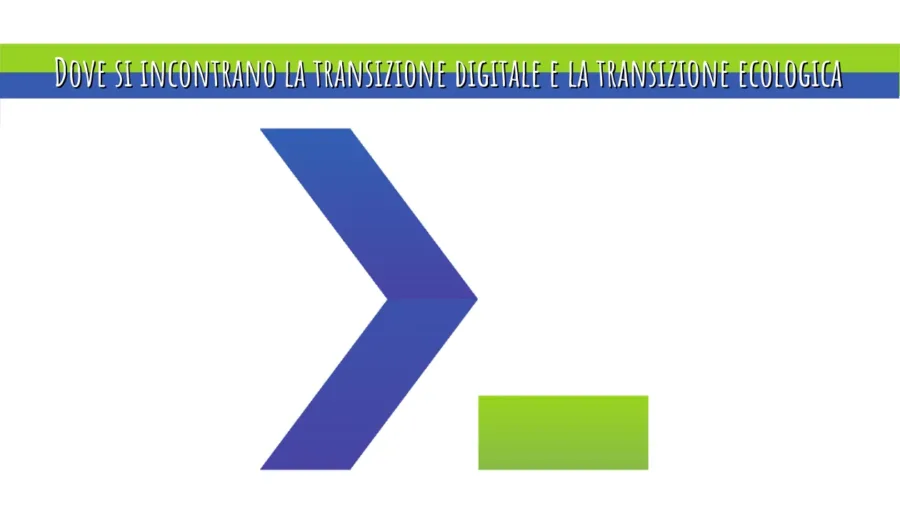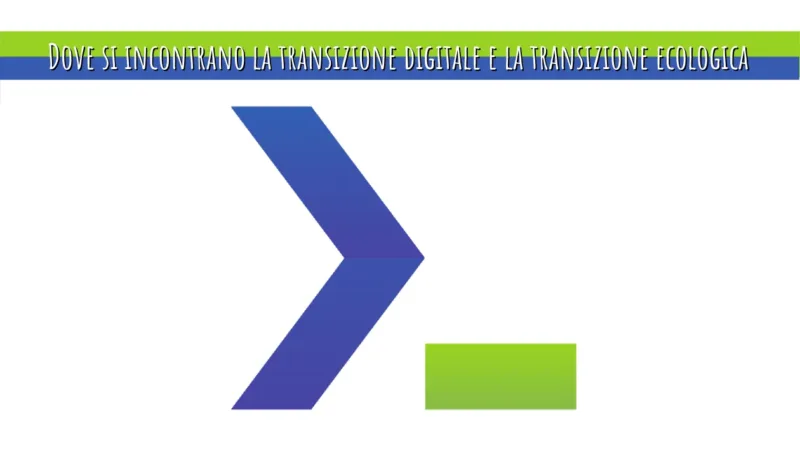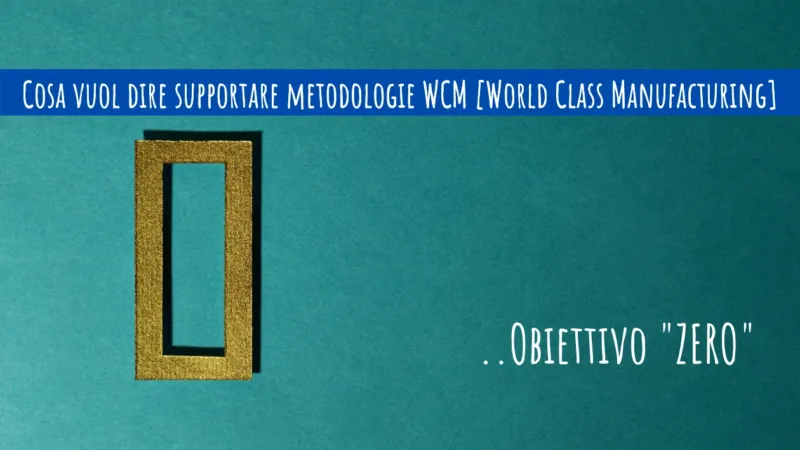World Class Manufacturing e Factory 4.0
Il 2021 è un anno che ha visto l’Italia primeggiare in tantissimi ambiti sportivi e non.
Pochi sanno che anche nel World Class Manufacturing c’è tanta Italia: nasce infatti in ambiente FCA, oggi diremmo Stellantis. Non è un’invenzione, né una scoperta, ma un mix moderno di metodologie preesistenti come la lean e altri strumenti, ma vi attinge con l’occhio e l’esperienza del manager moderno e un’enfasi particolare al concetto di “zero”, declinato per ciascun “pilastro” wcm: zero sprechi, zero scorte, zero incidenti, zero guasti, zero difetti..
Gli input del WCM sono semplici e chiari: aumento dell’efficienza e della qualità, investimento nell’innovazione e ricerca, a fronte della riduzione degli sprechi. Fanno parte del programma WCM, anche la sicurezza, le condizioni di lavoro delle persone, il rispetto per l’ambiente.
Zero tolerance per gli sprechi: occhi puntati, quindi, su tutti quei momenti nei quali non si crea alcun valore aggiunto per il cliente: le movimentazioni, le scorte, i controlli, i difetti, le attese, gli errori, le riparazioni, le manutenzioni ecc..
In questo senso i valori del WCM e della Factory 4.0 giungono inevitabilmente a coincidere:
La Factory 4.0 mette semplicemente a disposizione del WCM, gli strumenti migliori, l’artiglieria pesante potremmo dire, per raggiungere i propri obiettivi.
Per questo motivo, uno strumento come IMPROVE 4.0, nato per efficientare i processi produttivi industriale lungo l’intero flusso produttivo, ha trovato naturale aderire al mondo WCM, fornendo tool avanzati e, come vedremo, unici al mondo.
IMPROVE 4.0 per il WCM: il Machine Ledger 4.0
Abbiamo parlato di tool unici al mondo. Un’espressione un po’ forte, ma per nulla azzardata. Ce l’hanno semplicemente detto i clienti che hanno scelto di utilizzare il nostro Machine Ledger.
Questo nome, a chi è dell’ambiente WCM, richiama subito lo strumento utilizzato per gestire la pianificazione delle manutenzioni.
Richiama, per essere precisi un complessissimo calendario in formato excel (!!).. dove alcuni simboli all’interno delle celle rappresentano interventi di manutenzione.. Insomma, non proprio uno strumento 4.0.
Il Machine Ledger 4.0 è diventato una piattaforma web based,, quindi uno strumento davvero digitale e soprattutto esula dall’appartenza specifica al mondo World Class Manufacturing.
Diciamo “piattaforma” e non semplicemente “applicazione” in quanto è utilizzabile sia dal cliente finale, sia dal fornitore della macchina. Quest’ultimo potrà cioè caricarvi il machine ledger della macchina in excel: la piattaforma lo convertirà in versione digitale e lo metterà a disposizione del cliente.
Una classica situazione win-win: il fornitore rende la macchina anche un servizio; il cliente ha lo strumento per gestire le manutenzioni contestualmente alla macchina.
Già questo aspetto rende il Machine Ledger 4.0, uno strumento unico al mondo.
Ma gli aspetti che lo fanno apprezzare da tutti i nostri clienti, sono altri.
- Innanzitutto, è possibile riportare nel ML 4.0 tutta la struttura gerarchica che parte dalla “Corporazione” con tutti gli stabilimenti, poi i dipartimenti di ciascun stabilimento, le linee produttive e infine le macchine. Plus valore: è uno strumento che può essere centralizzato per gestire e monitorare le manutenzioni di tutti gli stabilimenti di una corporate.
- Ciascuna macchina ha il proprio machine ledger e viene scissa in tutti i propri componenti. E qui incontriamo un altro plus valore della nostra soluzione: le immagini dei componenti possono essere inserite con un semplice drag & drop!
- Oltre al calendario del Machine Ledger sono presenti anche il calendario per le manutenzioni professionali e quello per le manutenzioni autonome. Plus valore: la piattaforma coordina il lavoro degli operatori delle macchine, dei responsabili della pianificazione, dei manutentori professionali, del responsabile della manutenzione
- Acquisizione di KPI fondamentali come l’ MTBF (Mean Time Before Failure) e il MTTR (Mean Time To Repair). Plus valore: reportistica con statistiche annuali e calcolo dei costi della manutenzione, distinta tra reattiva e preventiva.
- Possibilità di configurare variabili di processo, cruciali per operare una manutenzione più efficace: Plus valore: superamento di una manutenzione di tipo TBM (Time Based Maintenance), a favore della HBM (Hit Based Maintenance) e della CMB (Conditional Based Maintenance)

IMPROVE 4.0 per il WCM: l’EARLY EQUIPMENT MANAGEMENT
Parliamo di un altro strumento prezioso che fa capo all’omonimo pilastro del “tempio” WCM.
L’espressione “early equipment” suggerisce come rappresenti un’azione “preventiva”. Ma cosa cerca di prevenire?
L’EEM ha l’obiettivo di razionalizzare il workflow di progetto evidenziando i problemi che si possono presentare nelle fasi preliminari della gestione di attività di sviluppo di nuove linee e attrezzature, quando cioè risulta più economico risolverli.
Ecco quindi cosa si desidera prevenire: sprechi. Di risorse, umane e materiali, e di denaro. Un problema risolto presto, costa meno soldi di uno che si manifesta all’improvviso.
I benefits dell’utilizzo di uno strumento come l’EEM, sono enormi:
- Riduzione significativa dell’LCC (Life Cycle Cost)
- Miglioramento dell’affidabilità e manutenibilità dell’impianto
- Sfruttamento massimale del know how aziendale grazie al coinvolgimento di team caratterizzati da skills specifiche, con persone provenienti dal plant, dalla ricerca & sviluppo e dall’ingegneria produttiva
- Il monitoraggio puntuale di ogni step del progetto attraverso le “MP Info” e le “checklist” consente di creare nuovi standard che mirano a non far emergere problemi già affrontati.
- Semplificazione delle attività di manutenzione, con un netto miglioramento del tempo medio di riparazione (MTTR) e del tempo dedicato alla manutenzione programmata
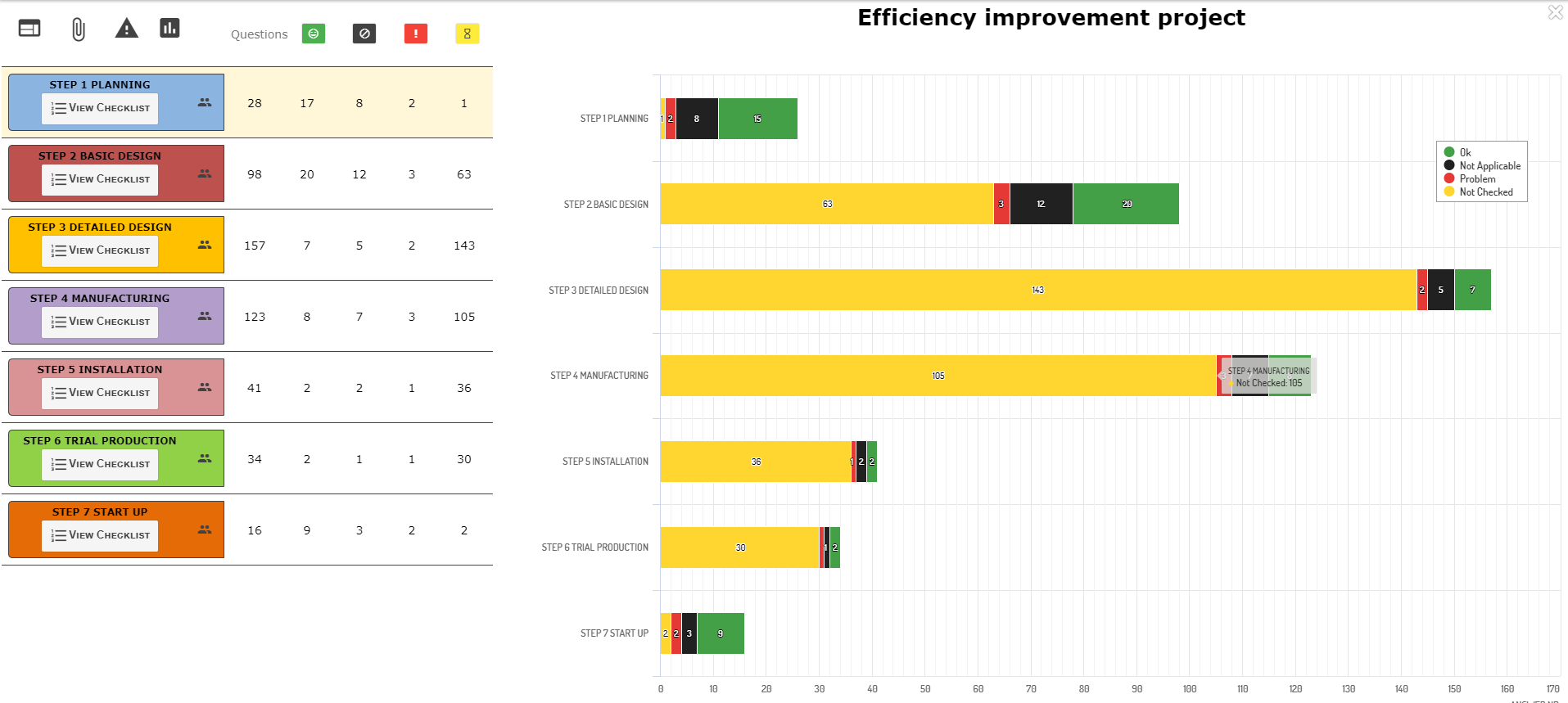
IMPROVE 4.0 per il WCM: il modulo S-EWO
Stiamo parlando del pilastro dedicato alla Sicurezza.
Il tema della sicurezza non poteva mancare in questa metodologia. Infatti lo spreco può essere di varia natura: economica, di risorse materiali o di risorse umane: il tema della sicurezza opera su tutte e tre queste categorie, perché qualsiasi incidente mette in gioco infortuni (a volte fatali), distruzione di materiali, spreco di denaro per riparazioni o acquisto di materiale rovinato o distrutto.
Il Modulo S-EWO ha il preciso obiettivo di dare evidenza delle situazioni potenzialmente pericolose ed avviare le azioni utili alla prevenzione degli infortuni.
Ad esempio, attraverso il modulo S-EWO potrebbe essere segnalato uno scalino scivoloso, oppure una mensola non ben fissata alla parete e che quindi rischia di cadere addosso a qualcuno, ecc… Contestualmente, viene generato un processo, attraverso il quale vengono studiate le azioni necessarie affinché l’incidente non si verifichi o l’infortunio segnalato non possa più ripetersi.
I vantaggi di una soluzione come l’S-EWO sta nelle numerose occasioni di spreco che riesce ad evitare:
- sprechi di tempo per l’interruzione che ovviamente comporta la necessità di prestare le cure ad una persona infortunata;
- sprechi di tempo e risorse umane per l’assenza di una persona esperta che probabilmente non potrà lavorare per alcuni giorni;
- sprechi di tempo e produttività a causa del fermo dovuto ad un evento imprevisto;
- sprechi di tempo e risorse umane dovuti a lunghi periodi di indagini per venire a capo delle cause del problema e la chiarificazione delle responsabilità
L’efficacia del modulo S-EWO, sta nel fatto che segue un preciso workflow che mette in azione diverse entità: il compilatore, un team di approvazione, la Direzione centrale.
Il plus valore del modulo S-EWO risiede anche nel fatto che se la soluzione, verificata e validata, venisse considerata utile anche ad altri ambiti, rispetto a quello in cui è nata, potrebbe subire un’estensione e quindi andare a migliorare la sicurezza del lavoratore ad un livello più ampio.
Come tutte le soluzioni targate Next, la reportistica costituisce un punto di forza:
- Green cross: per visualizzare l’andamento degli infortuni, giorno per giorno, mese per mese
- Tabella degli infortuni: riassuntiva, rappresentante l’andamento degli infortuni di un dato mese
- Bollettini: tabella relativa al mese corrente
- Safety book (anche per cause): i dati mensili degli infortuni con l’indicazione dei trend, per ogni macro area
- Grafici infortuni
- Grafici unsafe
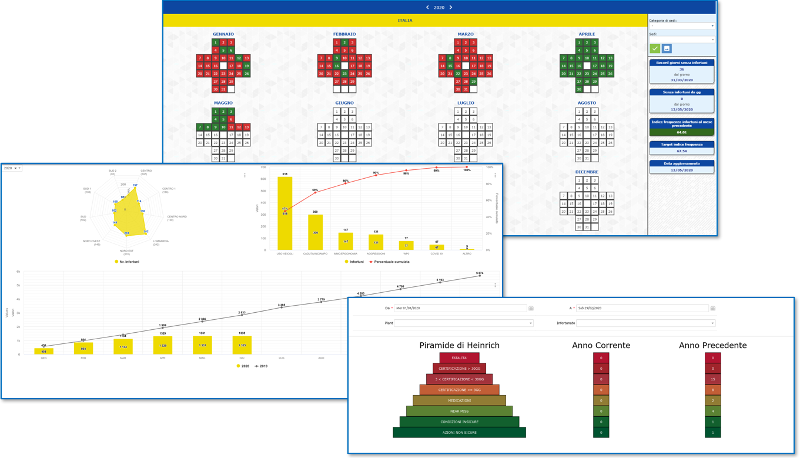
IMPROVE 4.0 per il WCM: il Visual SOP
In un precedente articolo, abbiamo detto che il World Class Manucfacturing è costituito da 10 pilastri “tecnici” e 10 pilastri “manageriali”.
Tra quelli manageriali, il secondo è chiamato “SOP” (Standard Operation Procedure). Questo pilastro ha come obiettivo quello di istruire e guidare l’operatore nell’eseguire specifiche operazioni.
A supporto di questo pilastro, abbiamo sviluppato il Visual SOP, ovvero uno strumento che fa suoi gli obiettivi del tradizionale strumento WCM, ma con un’enfasi sulla multimedialità delle informazioni. Come dice Rudolph Arnheim (storico dell’arte e psicologo tedesco), attraverso le immagini diamo significato alle informazioni e siamo in grado di elaborarle. Per questo motivo il Visual SOP migliora il trasferimento di conoscenze, ottimizza i processi, e in ultima analisi, fa risparmiare denaro.
I vantaggi del Visual SOP sono quindi notevoli:
- Migliora la formazione e il trasferimento delle conoscenze.
- Le verifiche di conformità risultano più gestibili, perché la documentazione è già in atto. Documentare SOP diventa così un progetto chiave in vista di un audit.
- Maggiore trasparenza: i processi documentati visivamente potranno più facilmente rispondere alla domanda di business più comune: “perché ci vuole così tanto tempo?“
- Risparmio sui costi: le operazioni di routine possono essere delegate a personale junior, liberando così personale più esperto che potrà quindi occuparsi di compiti prioritari superiori

Se vi interessano i temi che affrontiamo, iscrivetevi alla nostra Newsletter, per rimanere sempre aggiornati sui contenuti che pubblichiamo.
Ci piacerebbe conoscere il vostro parere. Seguiteci su Linkedin!
Ma se volete seguirci nella maniera più veloce e agile, seguite il nostro canale su Telegram!
